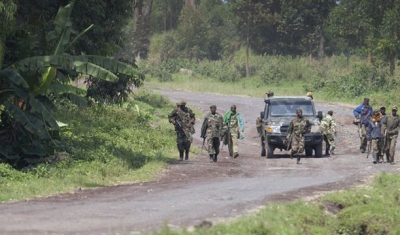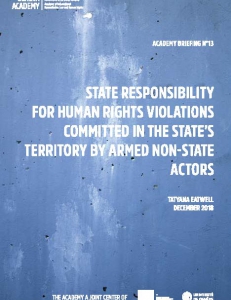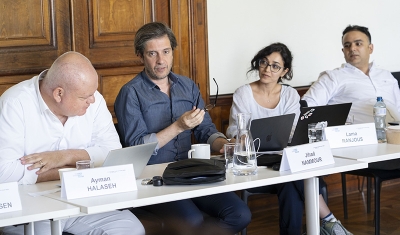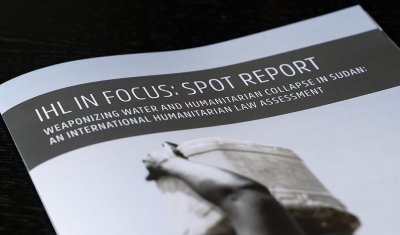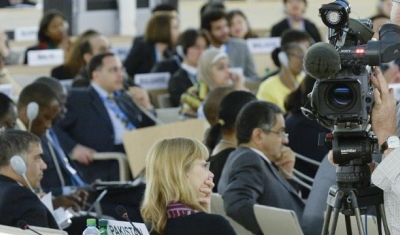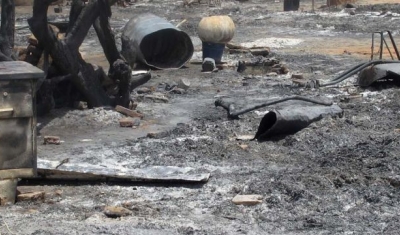Background
From Syria to Mali, Afghanistan, or Yemen, the majority of today’s armed conflicts are non-international in character and involve one or several armed non-state actors (ANSAs). These often control territory and persons for a prolonged time and are involved in human rights violations. In these contexts, human rights monitoring mechanisms usually have restricted or no access at all.
International humanitarian law (IHL) and international human rights law (IHRL) share certain common objectives, but they differ in their scopes of application. IHRL applies at all times, while IHL applies only in cases of armed conflict. ANSAs which are parties to a conflict are subject to the obligations imposed by IHL. However, less legal clarity exists regarding the extent to which they are also legally bound to respect human rights in situations that are not covered by IHL or where IHL does not provide adequate guidance.
Up to now, it is still unclear and difficult to establish whether ANSAs’ IHRL obligations are anchored in some form of law or practice emerging from the resolutions adopted by the United Nations (UN) General Assembly, the UN Security Council or the UN Human Rights Council. The issue of accountability and reparation for human rights violations committed by ANSAs is also a critical point of the debate. Apart from individual criminal responsibility, there is currently no judicial or quasi-judicial international mechanism to hold ANSAs per se accountable under IHRL.
The lack of a clear legal framework defining which human rights obligations are applicable to ANSAs as well as the absence of mechanisms ensuring monitoring, accountability, and reparation thus affects the effective implementation and respect of the human rights of persons living under the control of ANSAs.
Objective
Looking into the human rights responsibilities of ANSAs, this project began in 2017 and originally aimed at igniting States’ interest in addressing the issue – either through the development of a non-binding document and/or the adoption of a resolution at the UN Human Rights Council.
From 2019 onwards, the next phase of the project focused on supporting interested independent mandate holders in the drafting, publication, and dissemination of a joint statement on the human rights responsibilities of ANSAs.
Research Team
This research project was carried out by Dr Annyssa Bellal, former Senior Research Fellow and Strategic Adviser on IHL at the Geneva Academy, and Emilie Max, former Researcher at the Geneva Academy.


